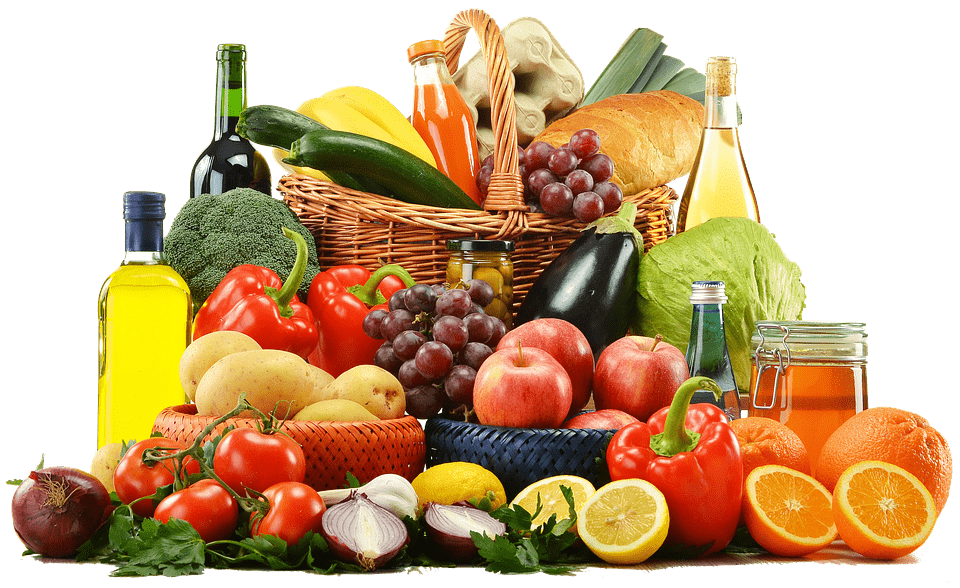By Alise Robers, Recent Arizona State University Nutrition Student
The calories that your body doesn’t use right away for energy are either disposed of as waste or stored as fat.1 However, your body doesn’t treat all calories equally. Fiber and protein both have high water contents, which is why you feel so pleasantly full after eating them.1 Fats effect on satiety is a lot like protein and fiber, which is why low-fat diets leave you feeling hungry and depleted. Your body doesn’t need to use as many calories when storing fat because it is able to process fat the most efficiently.1 This means you end up keeping more of it. Simple carbohydrates, on the other hand, have the least effect on satiety.1,2

Protein is something that our bodies work hard to process and even though we would like to believe that all ingested protein turns into muscle and all the fat we eat gets stored where we want it, this isn’t the case.1 In fact, everything we eat has the potential to end up as fat if our body doesn’t use it for energy at the exact moment it is absorbed through our intestines.1 Digestion is an important process for breaking down the food and nutrients our body’s need for energy, growth, and cell repair.2 Knowing what our bodies go through will give us a better understanding of what it needs. Below explains how our body processes different nutrients:
Complex Carbohydrates– Complex carbohydrates are the starches and fiber found in legumes, whole grain breads, and starchy vegetables.2 They release slowly because they take the body longer to digest.1 Carbohydrates are your body’s first choice when it comes to energy but if this slower sugar can’t be used when it is released then it will be converted into fat.1,2
Simple Carbohydrates– Also known as simple sugars, are the most functional energy source.1 They include sugars found naturally in foods like fruits and vegetables as well as sugars added to processed foods. Simple sugars are absorbed into the blood stream quickly and are sent to the liver during the digestion process.1,2 Your liver calls the shots here and if the sugar can’t be immediately used for energy then it will be converted to fat.1
Fats– Fat molecules are a great source of energy that aids your body in absorbing vitamins and the fatty acids it needs to create hormones.2,3 However, they are the backup system when it comes to supplying our muscles with energy.1 Fats are broken down into smaller pieces during digestion where the body converts them into fatty acids and glycerol.2 Eating good fats like nuts, fish, olive oil, and sunflower oil will help lower your body’s response to inflammation.1,2 Less healthy fats like butter and processed snack foods will cause it to increase.1 Avoiding these fats will also help lower your risk for obesity and the complications that come along with it.1
Protein– Foods like beans, eggs, and meat are broken down into small amino acids that the body can readily digest.1,2 These amino acids are absorbed through the small intestine into the blood and carried though out the body.1,2 Proteins are able to help your body build and repair cells, create hormones and enzymes, and keep your immune system strong.3 If you’re exercising then they can be brought to your muscles to aid in muscle growth, but if your body doesn’t need them for muscle growth or maintenance then they will be converted into glucose.1 If that cannot be used for energy as well then it will also be converted to fat.
The best thing you can do for your body is to eat a balanced diet that includes everything you need to be healthy. You can even snack on cookies once and a while. Just remember: Everything in moderation!
References:
- Roizen, Michael F., Mehmet Oz, Ted Spiker, Lisa Oz, Craig Wynett, and Gary Hallgren. You on a diet: the owner’s manual for waist management.p, : Free Press, 2009. Print.
- “The Digestive System & How it Works | NIDDK.” National Institutes of Health.S Department of Health and Human Services, Sept. 2013. Web. 2017.
- “How Your Body Gets Nutrients From Foods.” Breastcancer.org. N.p., 2016. Web. 2017. http://www.breaskcancer.org/tips/nutrition/healthy_eats/nutrients.

